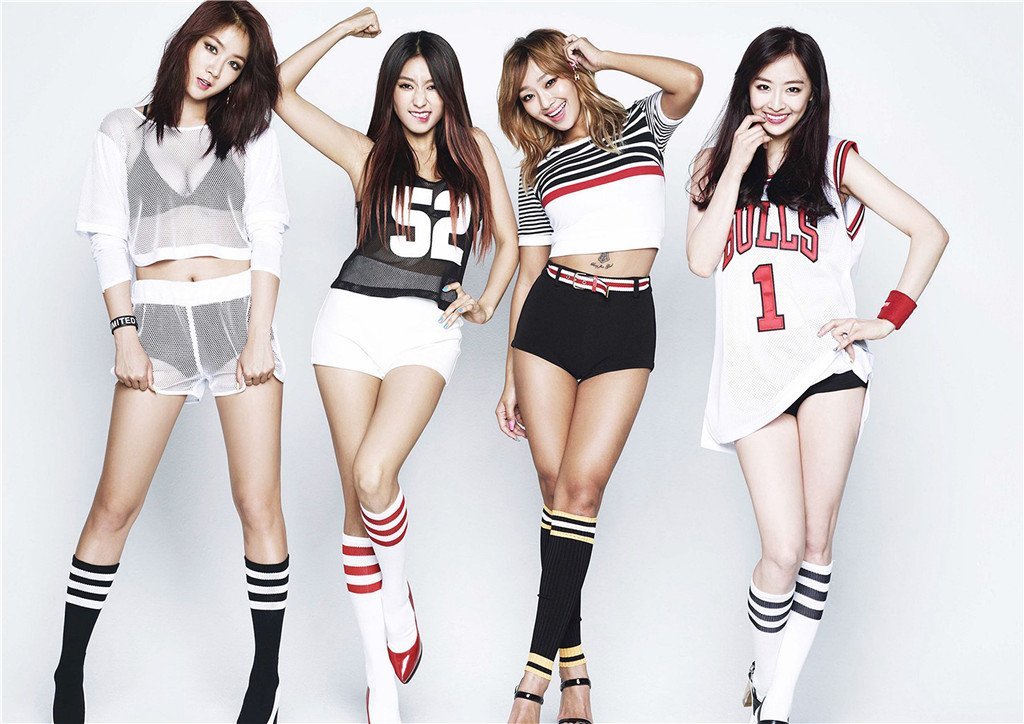So You Wanna Speak KPop?
Jul 9, 2016 • Gianna Maniego

Jul 9, 2016 • Gianna Maniego

Eavesdropping on a conversation among KPop enthusiasts can be confusing, especially when you’re new to the game. You think they’re speaking a different language—which, given the nature of the subject, is to be expected—but then you realize they’re actually speaking in English. You recognize the words, yet you don’t understand what they’re saying. How do you wrap your mind around it? Where’s the Korean-English dictionary for this?
The good news? There’s really no need for language lessons to understand what fans are talking about. A couple of visits to a few KPop accounts and websites and you’ll soon get the hang of it. To make it even easier, we’ve cobbled together a few terms to ease you into the culture. Here are 8 terms you need to know as a KPop fan.
In KPop, idols are not deities—but if you ask some fans, they’re pretty close to it.
An idol is an artist or musical group created and signed by entertainment agencies. Idols use a mix of elements—beautiful visuals, flashy costumes, catchy hiphop/r&b/electronic dance tunes and energetic choreography—to engage the audience and develop a following.
People used to think idols were “manufactured” because they were recruited mostly for their looks and trained for several years to sing and dance before they were released to the public. However, with the level of competition among idol groups these days, more emphasis is placed on talent.
Bias, as explained earlier, is your favorite in the group. You could choose the leader (usually, but not necessarily, the oldest in the group), the maknae, the visual or “face” of the group, the rapper (most groups have a resident rapper even if there is no rapping in their songs), the main or lead vocal, or the lead dancer.
Idols gain popularity depending on how they embrace their roles in the group. Needless to say, those who enjoy more exposure (leader, main vocal or visual) are more popular than others. Be careful not to sleep on the less popular ones though. You never know when their stock will rise. Sometimes all it takes is a game-changing haircut or a dye job.
This was used back in the day to describe male idols with pretty faces, lanky physiques and a tendency to act cute or snarky. With androgynous features that closely resembled comic book characters, these Flower Boy Idols not only brought the fans’ anime fantasies to life—they looked better in makeup than some of their female counterparts.
This refers to the youngest member of the group. Maknaes are the babies of the family, and are therefore automatic recipients of the group’s (and fans’) affection. They can either be cute and adorable or evil (naughty/snarky/irreverent) but still lovable. Once in a while a golden maknae comes along, who is amazing at everything—singing, dancing, rapping. With a maknae like this, a group’s popularity is all but sealed.
Pages: 1 2
Input your search keywords and press Enter.
